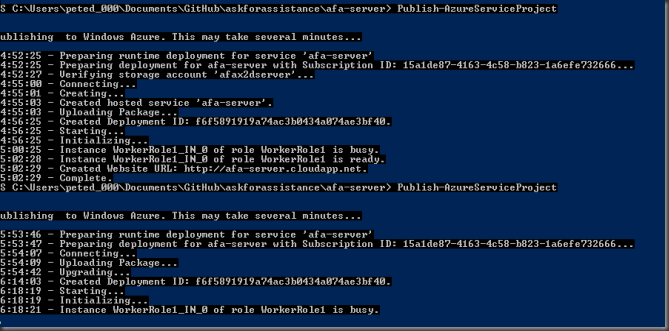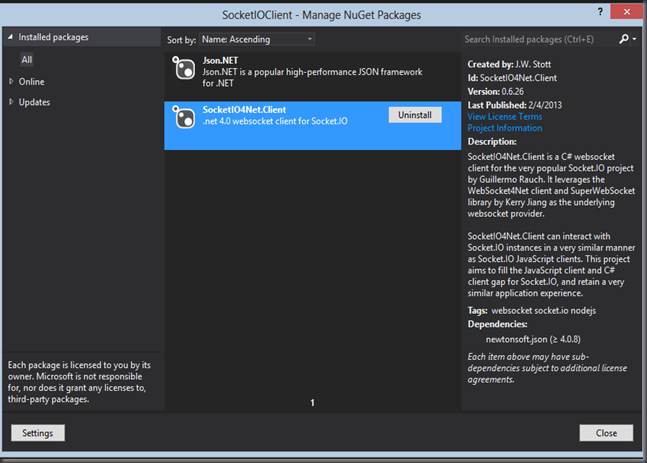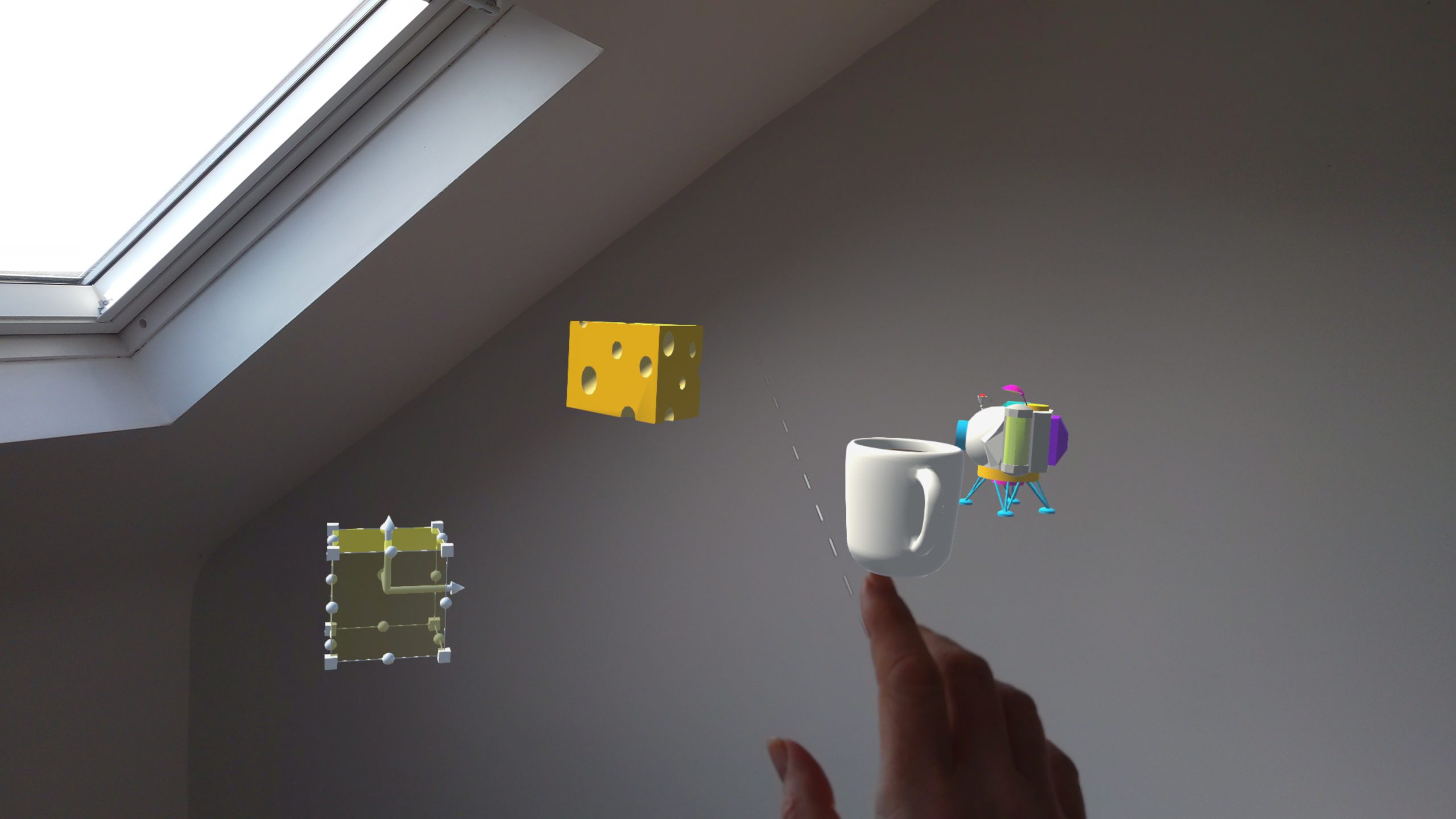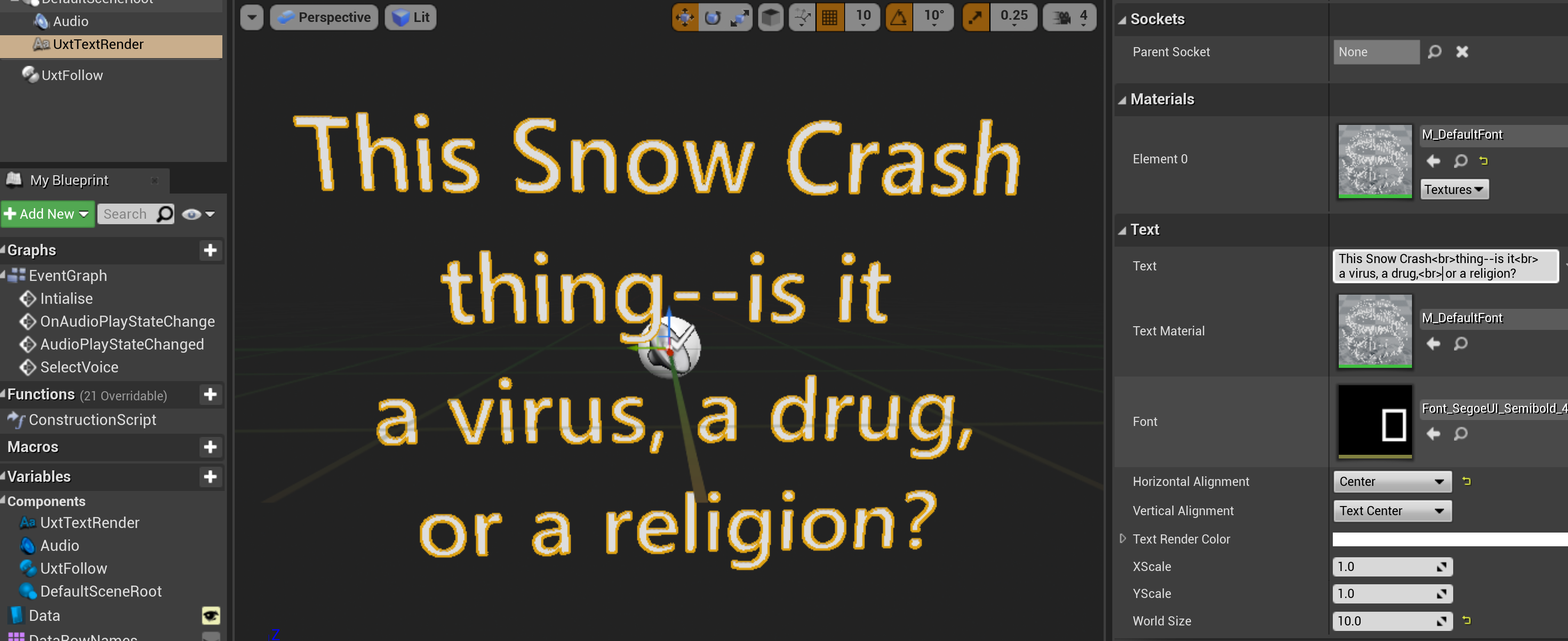Azure websocket server with node.js and socket.io
Peter Daukintis
If you haven’t previously done this download your Azure publish settings file from here https://windows.azure.com/download/publishprofile.aspx
This will contain your management certificate and details for each of your Azure subscriptions.
If you have multiple Azure subscriptions ensure that you have set the ‘current’ one to be the one you wish to use:
Select-AzureSubscription –SubscriptionName your_subscription_name
You can confirm this is set by using,
Get-AzureSubscription -Current
Then, to create the Azure project
New-AzureServiceProject your_project_name
This will create the files needed by the Azure cloud project (including deployment settings, cloud/local configuration files and a service definition file).
Add-AzureNodeWorkerRole
This will add a WorkerRole folder which contains the Node project
then, from within the WorkRole folder,
npm install azure (optional – enables access to azure services within your node project see https://npmjs.org/package/azure)
npm install socket.io
navigate to the worker role folder and replace the code in server.js with the following:
1: var http = require('http');
2: var io = require('socket.io');
3: var port = process.env.port || 1337;
4: var server = http.createServer(function (req, res) {
5: res.writeHead(200, { 'Content-Type': 'text/plain' });
6: res.end('Hello World 2n');
7: }).listen(port);
8:
9: var socket = io.listen(server);
10: socket.on('connection', function (client) {
11: socket.emit('news', { hello: 'world' });
12: client.on('message', function(){
13: console.log('message arrive');
14: client.send('some message');
15: });
16:
17: client.on('disconnect', function(){
18: console.log('connection closed');
19: });
20: });
21:
.csharpcode, .csharpcode pre { font-size: small; color: black; font-family: consolas, “Courier New”, courier, monospace; background-color: #ffffff; /white-space: pre;/ } .csharpcode pre { margin: 0em; } .csharpcode .rem { color: #008000; } .csharpcode .kwrd { color: #0000ff; } .csharpcode .str { color: #006080; } .csharpcode .op { color: #0000c0; } .csharpcode .preproc { color: #cc6633; } .csharpcode .asp { background-color: #ffff00; } .csharpcode .html { color: #800000; } .csharpcode .attr { color: #ff0000; } .csharpcode .alt { background-color: #f4f4f4; width: 100%; margin: 0em; } .csharpcode .lnum { color: #606060; }
then
Publish-AzureServiceProject
Note that subsequent publish commands will result in an upgrade…
Create a .NET client to test the server
Create a new c# console app in visual studio, add SocketIO .NET client Nuget package (Install-Package SocketIO4Net.Client)
Paste the following into the console app…
1: static void Main(string[] args)
2: {
3: Console.WriteLine("Starting TestSocketIOClient Example...");
4:
5: using (var socket = new Client("http://your_project_name.cloudapp.net/"))
6: {
7: socket.Opened += SocketOpened;
8: socket.Message += SocketMessage;
9: socket.SocketConnectionClosed += SocketConnectionClosed;
10: socket.Error += SocketError;
11:
12: socket.Connect();
13:
14: Console.ReadLine();
15: }
16: }
17:
18: private static void SocketConnectionClosed(object sender, EventArgs e)
19: {
20: Console.WriteLine("CLOSED");
21: }
22:
23: private static void SocketError(object sender, ErrorEventArgs e)
24: {
25: Console.WriteLine(e.Message);
26: }
27:
28: private static void SocketMessage(object sender, MessageEventArgs e)
29: {
30: Console.WriteLine(e.Message.MessageType.ToString());
31: }
32:
33: private static void SocketOpened(object sender, EventArgs e)
34: {
35: Console.WriteLine("OPENED");
36: }
.csharpcode, .csharpcode pre { font-size: small; color: black; font-family: consolas, “Courier New”, courier, monospace; background-color: #ffffff; /white-space: pre;/ } .csharpcode pre { margin: 0em; } .csharpcode .rem { color: #008000; } .csharpcode .kwrd { color: #0000ff; } .csharpcode .str { color: #006080; } .csharpcode .op { color: #0000c0; } .csharpcode .preproc { color: #cc6633; } .csharpcode .asp { background-color: #ffff00; } .csharpcode .html { color: #800000; } .csharpcode .attr { color: #ff0000; } .csharpcode .alt { background-color: #f4f4f4; width: 100%; margin: 0em; } .csharpcode .lnum { color: #606060; }
That’s it.








Comments